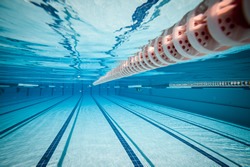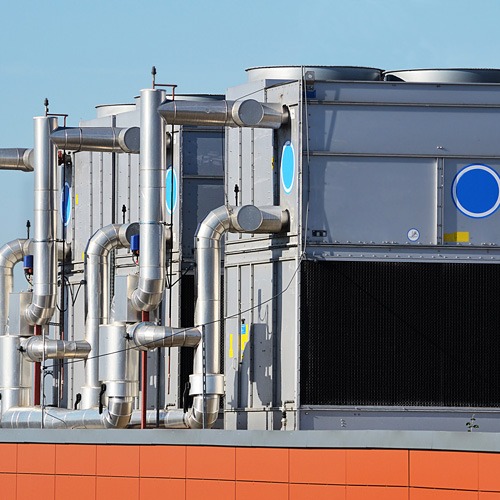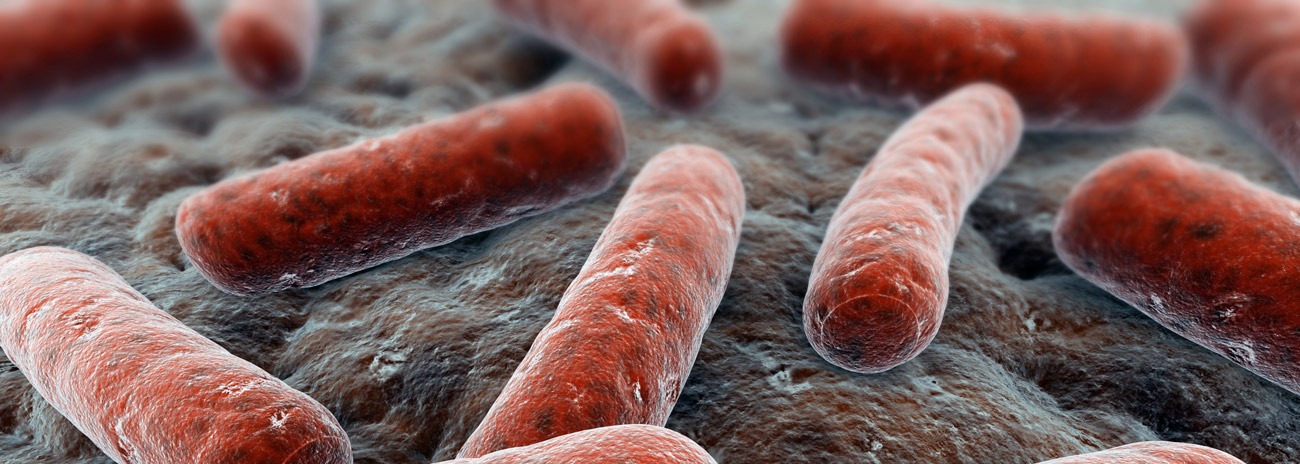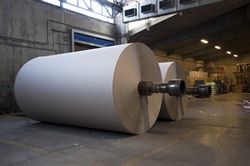Electrochlorination Plant – Treatment of Swimming Pool Water
The use of chlorine gas as a disinfectant for swimming pool water caused several problems and the UK’s Department of the Environment recommended that this use should cease by January 1985. In its place a variety of water treatment methods were introduced.
One of these utilises an electrochlorination plant which is an on-site process for the production of sodium hypochlorite.
This document provides background information and guidance on the safe installation and use of one type of equipment which disinfects swimming pool water.
Disinfection of swimming pool water
The use of chlorine gas as a disinfectant for swimming pool water has caused several serious incidents and is not recommended.
There is a variety of safer water treatment methods. One of these utilises an electrochlorination plant which is an on-site process for the production of sodium hypochlorite. These units are basically small scale versions of the type of electrochlorination plant which is already widely used for water treatment at, for example, power stations and offshore drilling installations.
Water treatment technology
The plant normally consists of a water softener and sodium chloride brine make-up system; an electrolytic cell, rectifier and associated electrical equipment; an intermediate bulk storage tank for sodium hypochlorite (day tank), although some installations use direct injection of sodium hypochlorite into the pool water recirculation system and, therefore, do not utilise a day tank; and water monitoring instruments, associated pumps, sampling lines and inter-connecting piping.
Electrochlorination Plant Guide Request
To receive a full copy of this guide please complete and submit this form:






